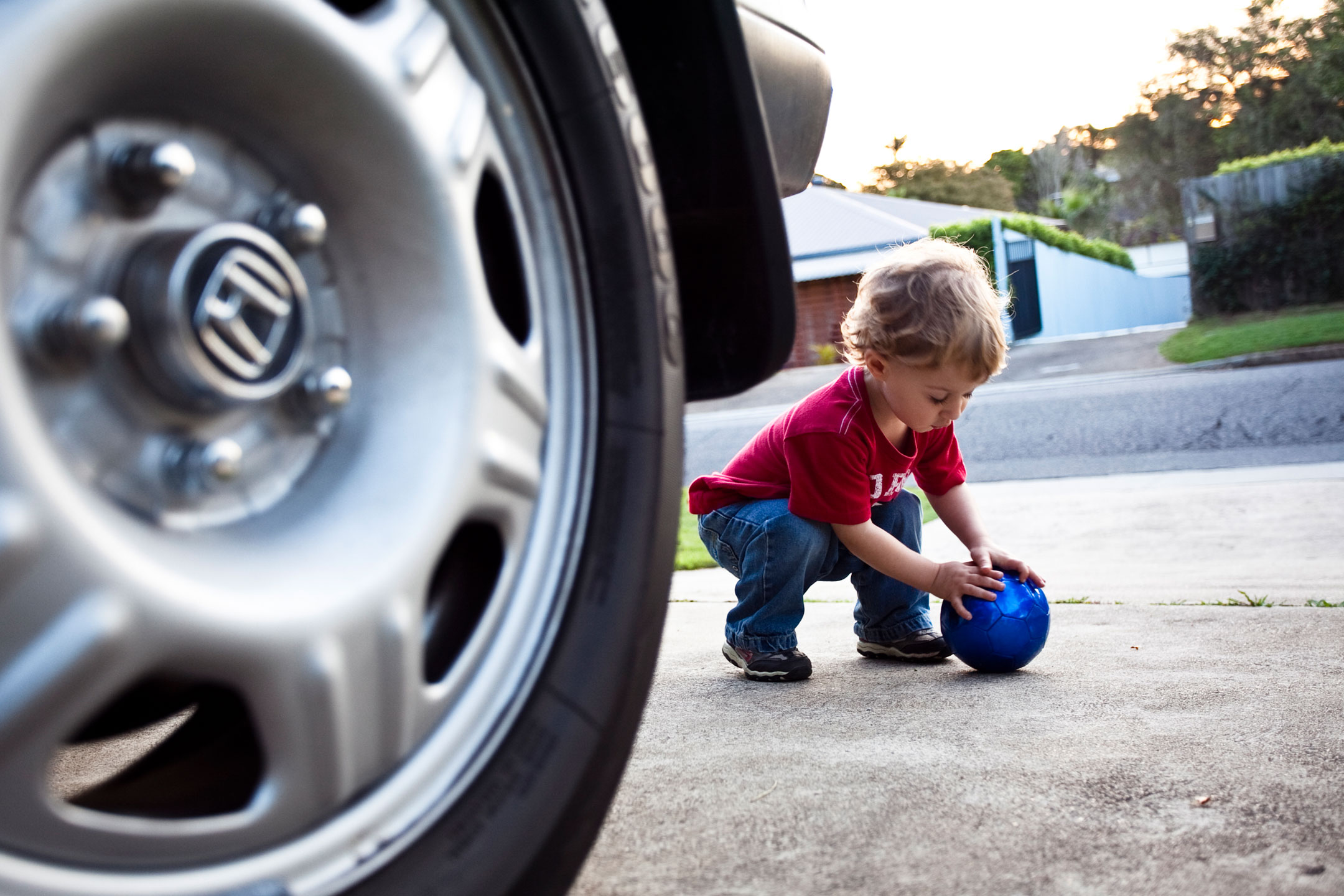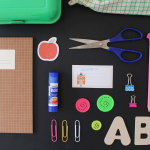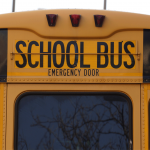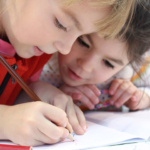
19 Feb Back to School: time to refresh their road safety rules!
Now that the kids are back at school it’s time to go over their personal safety! It certainly won’t hurt those bigger kids too.
 Whether you are getting your little one ready for their first days at school – which can be a very emotional time for everyone! – or have children who are returning to school for another year, it can be easy to get lost in the chaos of everything that needs to be organised.
Whether you are getting your little one ready for their first days at school – which can be a very emotional time for everyone! – or have children who are returning to school for another year, it can be easy to get lost in the chaos of everything that needs to be organised.
To help ease you back into the school routine both smoothly and safely, Kidsafe has put together some practical road and pedestrian safety tips – as there will be lots of excited children around roads – as well as some advice about the car park and driveway safety. This is especially important during school pick-up and drop-off times.
DRIVEWAY SAFETY
 Driveways are dangerous places for children – they are designed to allow vehicles access to and from a property and therefore present the same hazards as roads. Children are unpredictable, inquisitive and surprisingly quick and mobile, all of which increase their risk of injury around driveways.
Driveways are dangerous places for children – they are designed to allow vehicles access to and from a property and therefore present the same hazards as roads. Children are unpredictable, inquisitive and surprisingly quick and mobile, all of which increase their risk of injury around driveways.
Their small size, combined with the large blind spots that exist behind all cars, means that children who are standing or step behind a vehicle can often not be seen by the driver. Morning and late afternoon are common times of the day when driveway run over incidents occur – these are often hectic times around the home with families getting the kids ready to head off to school, kinder or daycare, or returning home after a long day and making plans for dinner to fill those hungry little stomachs.
To assist in making your driveway Kidsafe, ensure that you always SUPERVISE,
SEPARATE & SEE
- Supervise – never leave children alone near parked or moving vehicles. When waving goodbye, ensure that children are actively supervised by an adult who is holding their hands, well away from the moving vehicle.
- Separate – Treat the driveway like a road – where possible, separate children’s play spaces from garages and driveways.
- See – All vehicles have blind spots. Reversing cameras and sensors can assist in reducing blind spots, however, they should never be relied upon on their own to keep children safe.
For more information on driveway safety, please click here .
CHILD CAR RESTRAINTS
No matter how long or short your journey to school is, it’s important that children are buckled up correctly on every trip.
 Correctly fitted and adjusted child car restraints and booster seats play an important part in protecting children from serious injury and death in the event of a crash. To ensure that the maximum level of protection is provided for your children, it is important that the restraint they are travelling in is:
Correctly fitted and adjusted child car restraints and booster seats play an important part in protecting children from serious injury and death in the event of a crash. To ensure that the maximum level of protection is provided for your children, it is important that the restraint they are travelling in is:
- The right one for their size
- Correctly fitted to the vehicle
- Properly adjusted and fastened to fit them correctly
Kidsafe recommends that children remain in their current child car restraint until they have outgrown the size limits, rather than being graduated to the next stage based on their age. This includes remaining in a booster seat for as long as they fit – a good adult seatbelt fit can be achieved when a child can pass the 5 step test, which is typically when they are approximately 11-12 years of age.
For more information on child car restraints and the national child restraint best practice guidelines, please click here.
PEDESTRIAN SAFETY
If you are lucky enough to live close by, chances are your children may walk or ride their bike or scooter as a way to get to and from school.
While walking and riding are great for health and fitness, being a pedestrian in a traffic environment does involve a number of potential hazards, especially for children. Roads are designed with adults in mind, however, children aren’t ‘little adults’. They don’t have as much traffic experience or knowledge and are physically and cognitively less developed than adults, which places them at greater risk of being injured.
The good news is that there are some simple steps you can take to help keep children safe and teach them about becoming safe pedestrians:
- Supervise your child at all times near traffic. For younger children, this means holding your child’s hand when near traffic, especially when crossing the road.
- Make the trip to school together along the safest route and use safe crossing places as an example for your child to follow.
- Teach children to “Stop, Look, Listen and Think” before crossing the road and explain what this means.
- Ensure that helmets are always worn when riding a wheeled device. Remember – no helmet, no ride!
- When riding skateboards, scooters and rollerblades, ensure that protective equipment including knee, elbow and wrist guards are worn.
- Teach children safe cycling practices, including rules on giving way and being cautious around driveways.
To find out more about pedestrian and wheeled device safety, please click here.
Information from Kidsafe Victoria, Back to School Safety




